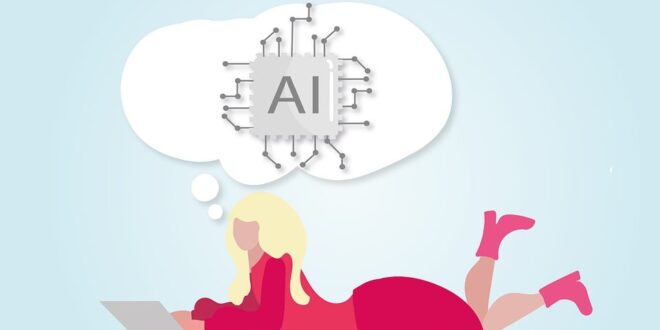Top 20 Features of a Killer Chatbot
Chatbots have become an essential part of customer service and marketing strategies for businesses. A killer chatbot is one that not only engages users but also provides useful and personalized assistance. Here are the top 20 features of a killer chatbot:
1. Natural Language Processing:
A killer chatbot should have advanced natural language processing capabilities to understand users’ queries and respond in a conversational manner.
2. Personalization:
Personalization is key to engaging users. A killer chatbot should be able to personalize responses based on users’ preferences and past interactions.
3. Omnichannel Support:
A killer chatbot should be able to seamlessly switch between different channels such as websites, social media platforms, and messaging apps.
4. Context Awareness:
A killer chatbot should be able to maintain context and remember previous interactions to provide more accurate and relevant responses.
5. Multilingual Support:
A killer chatbot should support multiple languages to cater to a diverse user base.
6. Machine Learning:
A killer chatbot should continuously improve its performance through machine learning algorithms that analyze user data and feedback.
7. Integration with CRM Systems:
A killer chatbot should seamlessly integrate with CRM systems to provide personalized assistance based on user data.
8. Adaptive Learning:
A killer chatbot should be able to adapt and learn from new information to provide more accurate responses over time.
9. Visual Content Support:
A killer chatbot should be able to support visual content such as images, videos, and GIFs to provide a more engaging user experience.
10. Proactive Engagement:
A killer chatbot should be able to proactively engage users with personalized messages and recommendations.
11. Quick Responses:
A killer chatbot should provide quick responses to users’ queries to reduce waiting time and improve user satisfaction.
12. Conversation History:
A killer chatbot should maintain a conversation history for users to refer back to previous interactions and continue the conversation seamlessly.
13. Voice Recognition:
A killer chatbot should have voice recognition capabilities to enable hands-free interactions for users.
14. Data Security:
A killer chatbot should prioritize data security and ensure that users’ sensitive information is protected.
15. Integration with Knowledge Base:
A killer chatbot should have access to a knowledge base to provide accurate and up-to-date information to users.
16. Emotion Recognition:
A killer chatbot should be able to recognize and respond to users’ emotions to provide empathetic and personalized support.
17. Escalation to Human Agents:
A killer chatbot should have the ability to escalate complex queries to human agents for further assistance when needed.
18. Feedback Collection:
A killer chatbot should collect feedback from users to continuously improve its performance and user experience.
19. Customizable Avatars:
A killer chatbot should have customizable avatars to make the user experience more fun and engaging.
20. Analytics and Reporting:
A killer chatbot should provide analytics and reporting features to track performance metrics and measure the effectiveness of the chatbot in achieving business goals.
 Mind Uncharted Explore. Discover. Learn.
Mind Uncharted Explore. Discover. Learn.


